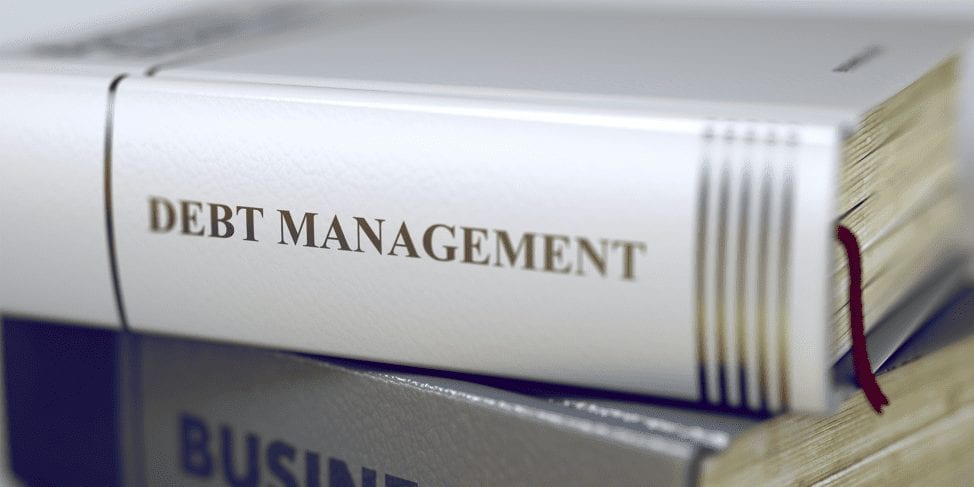 When you find you’re short on cash, there are different options for borrowing money. There are two types of debt you can consider for purchases. The differences between them can help you make decisions on how to pay off debts, protect your assets, and even plan important purchases. These two major types include unsecured debt and secured debt.
When you find you’re short on cash, there are different options for borrowing money. There are two types of debt you can consider for purchases. The differences between them can help you make decisions on how to pay off debts, protect your assets, and even plan important purchases. These two major types include unsecured debt and secured debt.
Unsecured Debt
A type of loan that does not require collateral, or backing by an asset you own. Examples include credit card debt, utility bills, student loans, and medical bills. In such cases, the lender is the creditor. Your debt may be related to personal or business expenses, both with higher interest rates than, for example, a secured loan, and a greater risk for the lender.
If you miss payments, a lender does not have the right to any collateral, so your assets are generally not at risk. However, other actions can be taken. If you owe a creditor, they can get a debt collector to pressure you to pay them, and this might mean inconvenient, even threatening, phone calls, letters, and other aggressive actions. You may be sued as well. Should the matter go to court, your wages may be garnished, assets taken, or a lien placed on an asset until the debt is paid off.
Delinquent payments may be reflected on your credit report. Your options are to pay the debt or wipe it out by declaring bankruptcy, a dramatic measure that affects your credit rating, eligibility for future loan approvals, and that requires the help of a Los Angeles bankruptcy attorney.
Secured Debt
To say your debt is secured means it is tied to your house, car, or other asset. Property you own is collateral for the debt, so you never fully own it until the loan is fully paid off. Auto loans, secured by your automobile, and mortgages, secured by your home, are common examples. Interest rates on secured loans are lower because the lender can gain something if you default on payments, and you, the borrower, have more to lose.
Delinquency on loan payments can lead to a lender repossessing your vehicle or foreclosing on your home. First, the lender will place a lien on the asset. At that point, they have the right to take it back. Repossession or foreclosure is followed by selling off the asset, which is typically done by auctioning it off to the highest bidder. The final selling price might not equal the value of the asset. In this case, a lender can require you to pay them the remaining balance.
Prioritizing Financial Decisions
In times when money is tight, you may face a difficult choice of paying some bills and not others. Secured debts should always be prioritized because:
a) falling behind on payments can lead to the loss of your basic shelter, and
b) there is often more to owe and it can be hard to catch up on payments.
With unsecured debts, you can get by keeping up with installment payments and paying minimum amounts. However, high interest rates can make it challenging to pay your debt down in the long run. But if you are in a situation where you’re facing a large amount of debt, there are options such as bankruptcy, which can be a positive solution to a difficult situation.
At OakTree Law, our Los Angeles and Orange County bankruptcy attorney can help you straighten out your finances; call 562-219-2979 or contact us online for a free evaluation today.